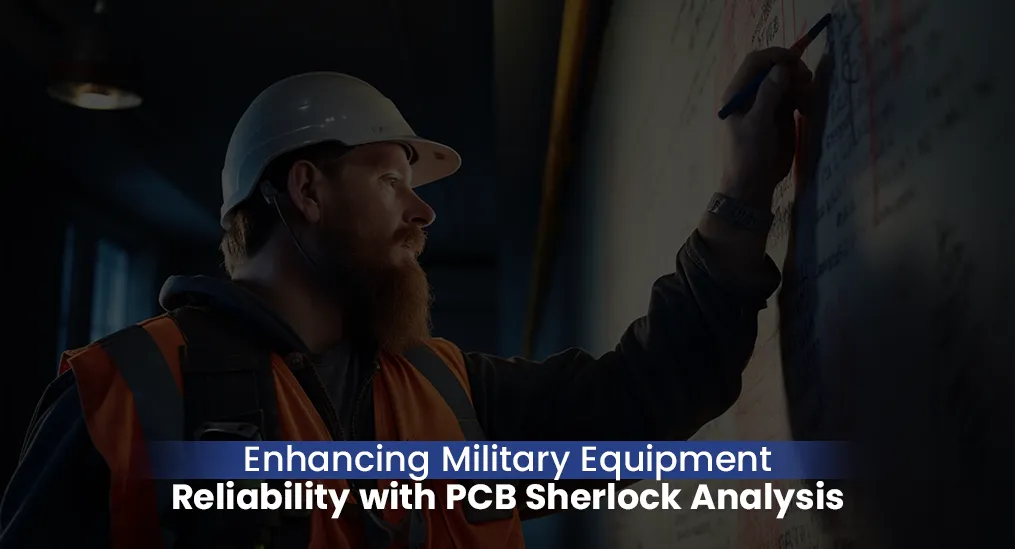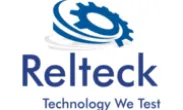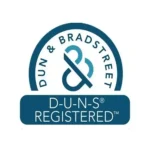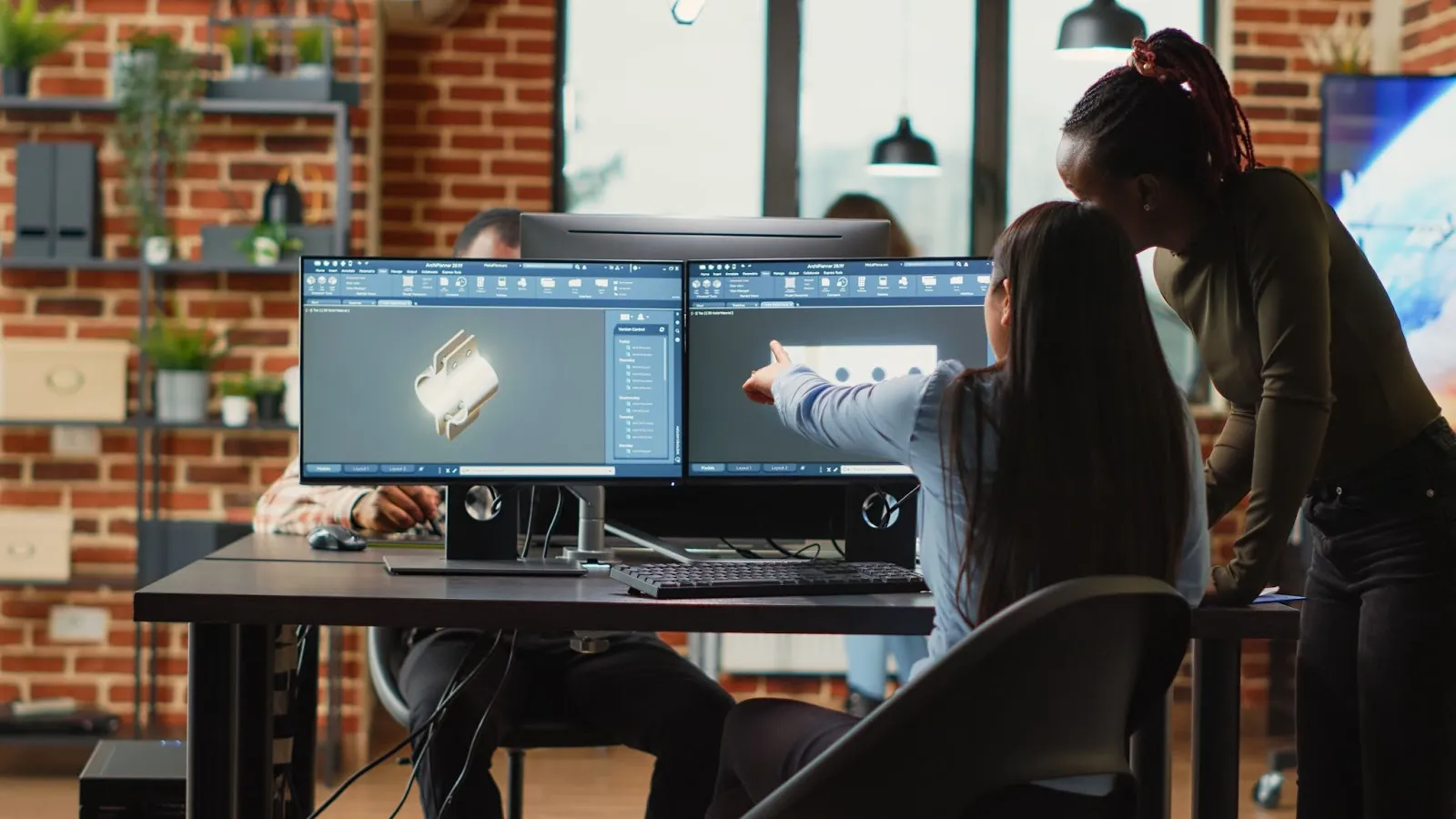Integrating Environmental Testing into Product Reliability Strategies: Boost Durability and Performance in 2024
Product reliability is the brand. It’s the only brand.
Suppose the product is reliable and does what it promises to do. This is how consumers know the product and remember it, which ultimately becomes the brand in their minds.
Consumer demand for durable, high-performance products is at an all-time high. Manufacturers can no longer avoid having comprehensive product reliability strategies.
One method of product reliability strategy, and this blog’s topic, is environmental testing. Environmental testing is the process of simulating harsh conditions for products that are still in production.
Let’s read more about how environmental testing is fast becoming a part of the overall brand development.
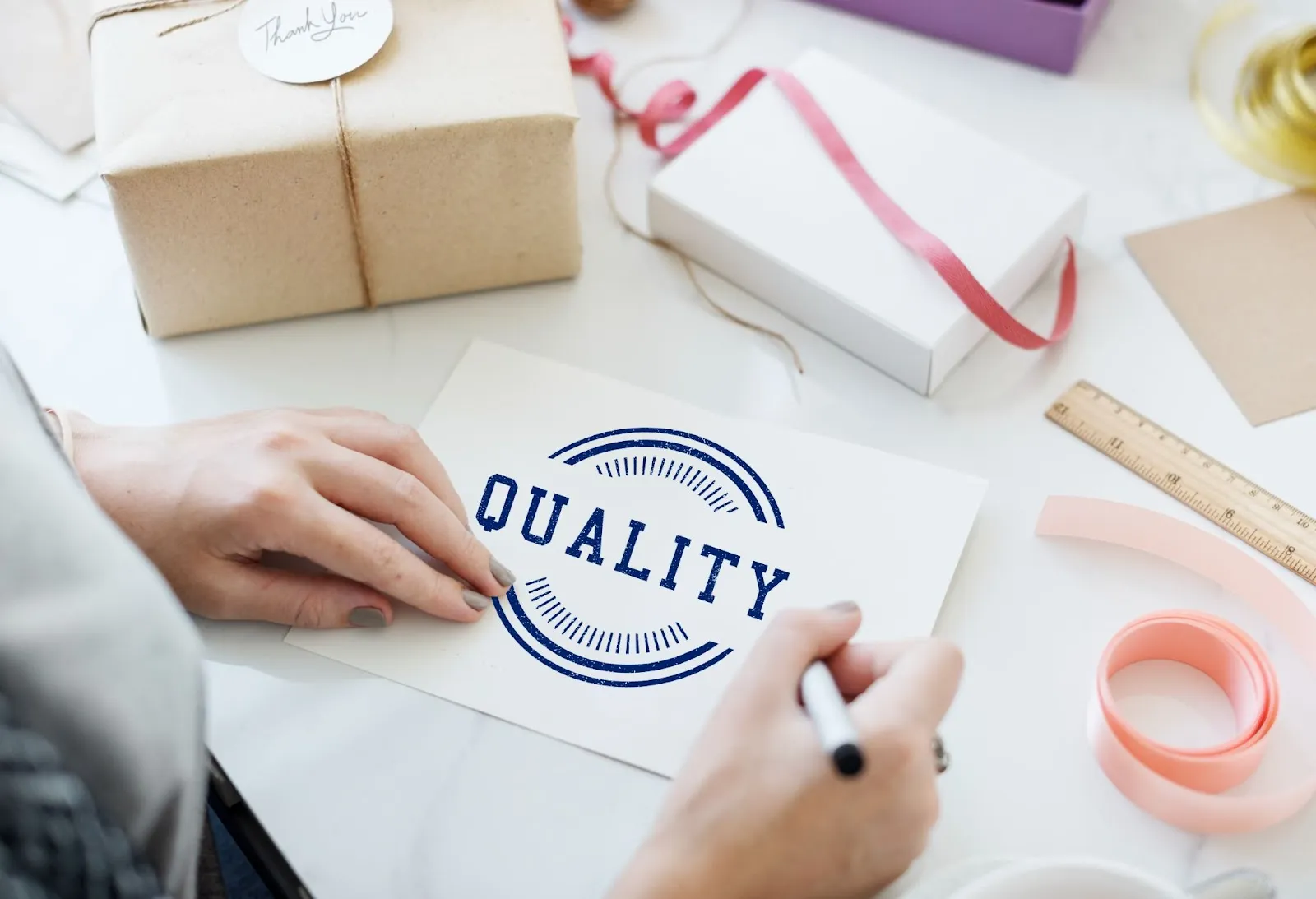
The Role of Environmental Testing in Product Reliability Strategies
Environmental testing reveals how a product performs under unusual conditions. For instance, consider two very different products: a smartphone and construction equipment. A smartphone can undergo extreme tests to determine how well the battery holds up will it overheat or fail?
On the other hand, construction equipment faces significant vibration and impact during regular use. By conducting environmental stress testing beforehand, manufacturers can identify and address quality issues on the production line.
As a result, product recall costs can be avoided. When construction equipment performs reliably, its reputation for quality grows, ultimately strengthening the brand.
Today, where consumers are looking for products that are durable, design for durability gains importance. Environmental testing involves subjecting a product to real life conditions such as temperature variation, humidity and shock. These tests can help manufacturers to increase the product life and customer satisfaction in the market.
Real-World Examples:
Companies like Boeing use environmental testing in the aerospace industry during aircraft development. They simulate extreme altitudes and temperature changes to guarantee safety and durability. These tests are very useful for detecting possible in-flight failures and minimizing operation hazards.
Similarly, in the automotive industry, producers apply thermal shock testing to determine whether the automotive parts can tolerate high and low temperatures. This testing enhances the safety and efficiency of vehicles.=
Types of Environmental Testing for Product Durability
Various types of environmental tests can be integrated into product development processes. Here are a few key methods that are critical for boosting product reliability in extreme conditions:
Thermal Shock Testing
Thermal shock testing is an environmental test that involves subjecting a product to temperature fluctuation. It is used to simulate real-life conditions, such as when an electrical or mechanical product is transferred from a hot place to a cold one or when temperature variations occur while in use.
For instance, thermal shock testing is very useful for auto and aviation industries because the products they manufacture must be subjected to high temperatures. If a product fails to meet these conditions, it may result in product recalls or even worst accidents.
Vibration and Shock Testing
Mechanical stress is any form of force that is applied to a product in the form of vibrations, shocks or impacts and can be very detrimental to the life of the product. It will also assist manufacturing facilities in determining the stress level a product will undergo during transportation and usage. This testing is especially significant in the electronics, automotive, and manufacturing industries because the products will probably be exposed to challenges and extreme conditions.
Humidity and Corrosion Testing
Humidity and moisture also challenge the product materials and weaken them as they should. Corrosion testing involves subjecting the product to humidity for a long duration to check whether the materials and coatings used are prone to corrosion. This type of environmental testing is very useful for the construction, marine, and outdoor equipment manufacturing industries.
Salt Spray Testing
The salt spray test is one of the most popular tests for products to be used in coastal or industrial regions. This test helps to assess how well a product can endure corrosion in a salty environment, thus making the materials strong.
Electromagnetic Interference (EMI) Testing
EMI testing is a process of measuring equipment’s immunity to various electromagnetic signals intended to interfere with its operation. This testing is important in establishing the potential for device performance problems and verifying conformance to industry norms.
EMI testing is most relevant to the telecommunications and aerospace industries. In telecommunications, it ensures that communication devices function optimally and are not interfered with by external electromagnetic interference, which may demote signal quality. In aerospace, EMI testing helps to eliminate interference issues in avionics systems, which are crucial for navigation and safety. In conclusion, EMI testing is crucial for ensuring an electronic device will function as expected in the actual environment.
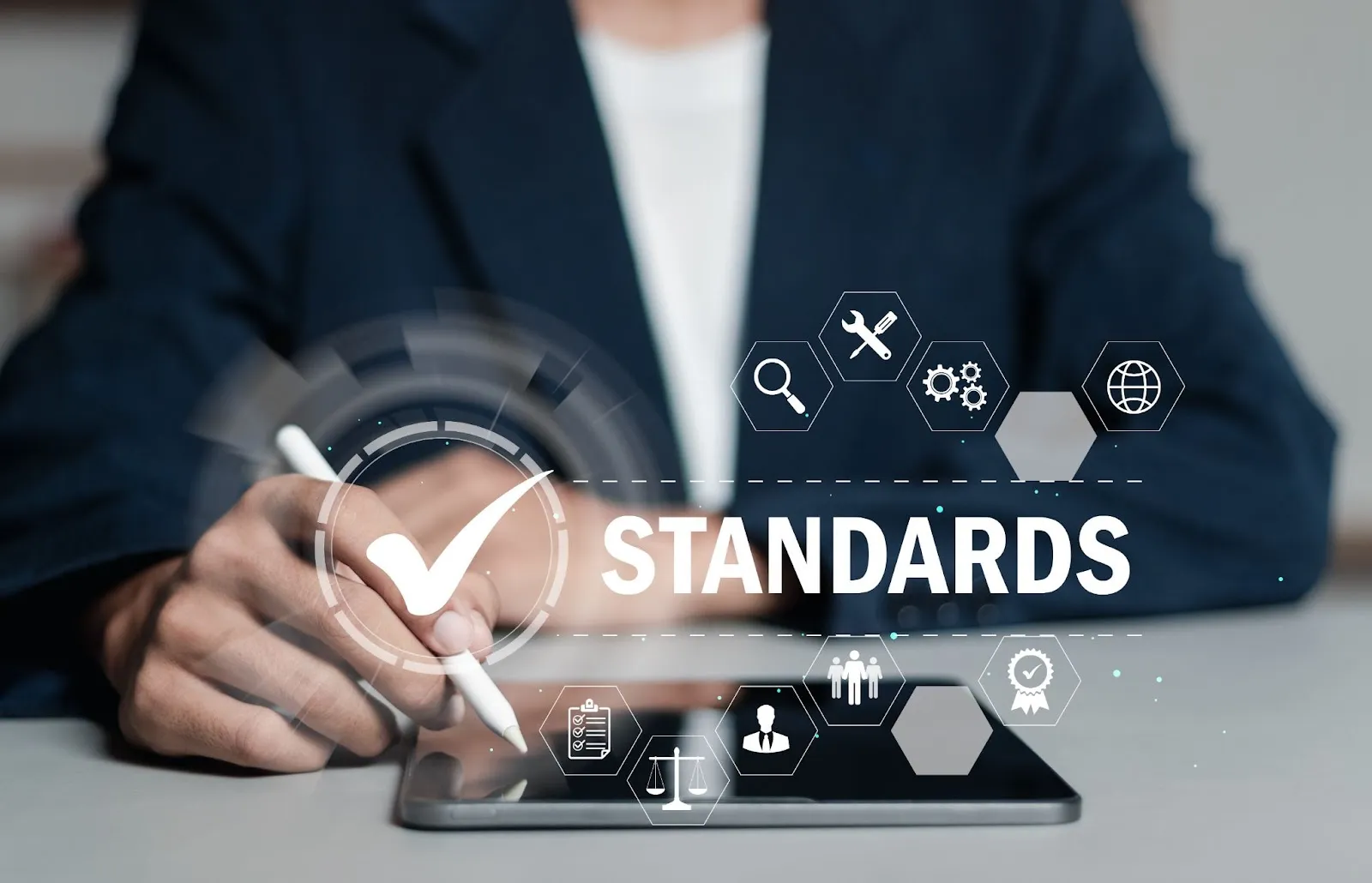
The Importance of Regulatory Compliance
Environmental testing does more than just check how well a product works; it also ensures that products meet important industry standards and regulations. This is especially important in aerospace, automotive, and medical devices with specific compliance requirements. Implementing a product reliability strategies helps in obtaining certifications, such as ISO 16750 for vehicles or IEC standards for electronics, is essential to avoid costly problems and legal issues.
For instance, thorough environmental testing ensures that medical devices meet FDA standards. This helps prevent failures and keeps the public safe.
Enhance Product Reliability with Expert Consulting
At Relteck, Reliability Consulting services are designed to help businesses identify and implement effective strategies for product reliability improvement. By using advanced methodologies like FMEA, Fault Tree Analysis, and Reliability Block Diagram Modeling, we enable organizations to align their operations with customer expectations and industry standards.
For more details on how we can assist you in achieving your reliability goals, explore our full range of services.
Benefits of Environmental Testing for Product Reliability
Incorporating product durability testing into your development process offers many benefits:
Longer Product Lifespan: The products that are subjected to environmental testing are normally more reliable and practical, hence less likely to fail and more satisfying to the customer.
Better Performance in Tough Conditions: The products that are designed to work well in challenging environments, whether it’s hot, cold, or humid. They are the kind we can count on them to perform when needed the most.
Fewer Warranty Claims and Recalls: Products that have been tested rigorously are not likely to fail in the field, which means that no recall, warranties, or repair costs will be incurred.
Competitive Edge: Including environmental tests in your reliability strategies will help your brand be seen as a company that offers quality and long-lasting products even under harsh conditions.
Cost Savings: During testing, it is easier to identify and correct weaknesses that may lead to costly failures and recalls. It is better to solve problems before they become big and costly and to prevent damage to your brand.
Meeting Consumer Expectations for Sustainability
As consumers become more aware of the environment, testing for the environment is vital in creating environmentally friendly products. Tough products designed to withstand harsh environments are usually long-lasting and useful in minimizing waste and achieving sustainability objectives. People are more willing to buy products tested and certified for their durability because they will not have to buy new ones frequently.
Final Thoughts
In 2024, consumers and industries will demand more durable products, particularly the one’s which perform under stress. Thus, using environmental testing as part of the brand development process will help create products ready to work in tough conditions and provide higher reliability and efficiency.
Implementing product reliability strategies through tests for environmental stresses such as thermal shock, vibration, and humidity helps manufacturers design products that meet market standards. This approach eventually results in happier customers, fewer warranty claims, and enhanced market positioning.

Ben Chilwell
Proin eget tortor risus. Curabitur aliquet quam id dui posuere blandit. Vivamus suscipit tortor eget felis porttitor volutpat.

Ben Chilwell
Proin eget tortor risus. Curabitur aliquet quam id dui posuere blandit. Vivamus suscipit tortor eget felis porttitor volutpat.
Related Posts

Reliability Testing for Military Equipment: Ensuring Performance in Extreme Conditions

Strengthening Military Technology: The Importance of Reliability Consulting
